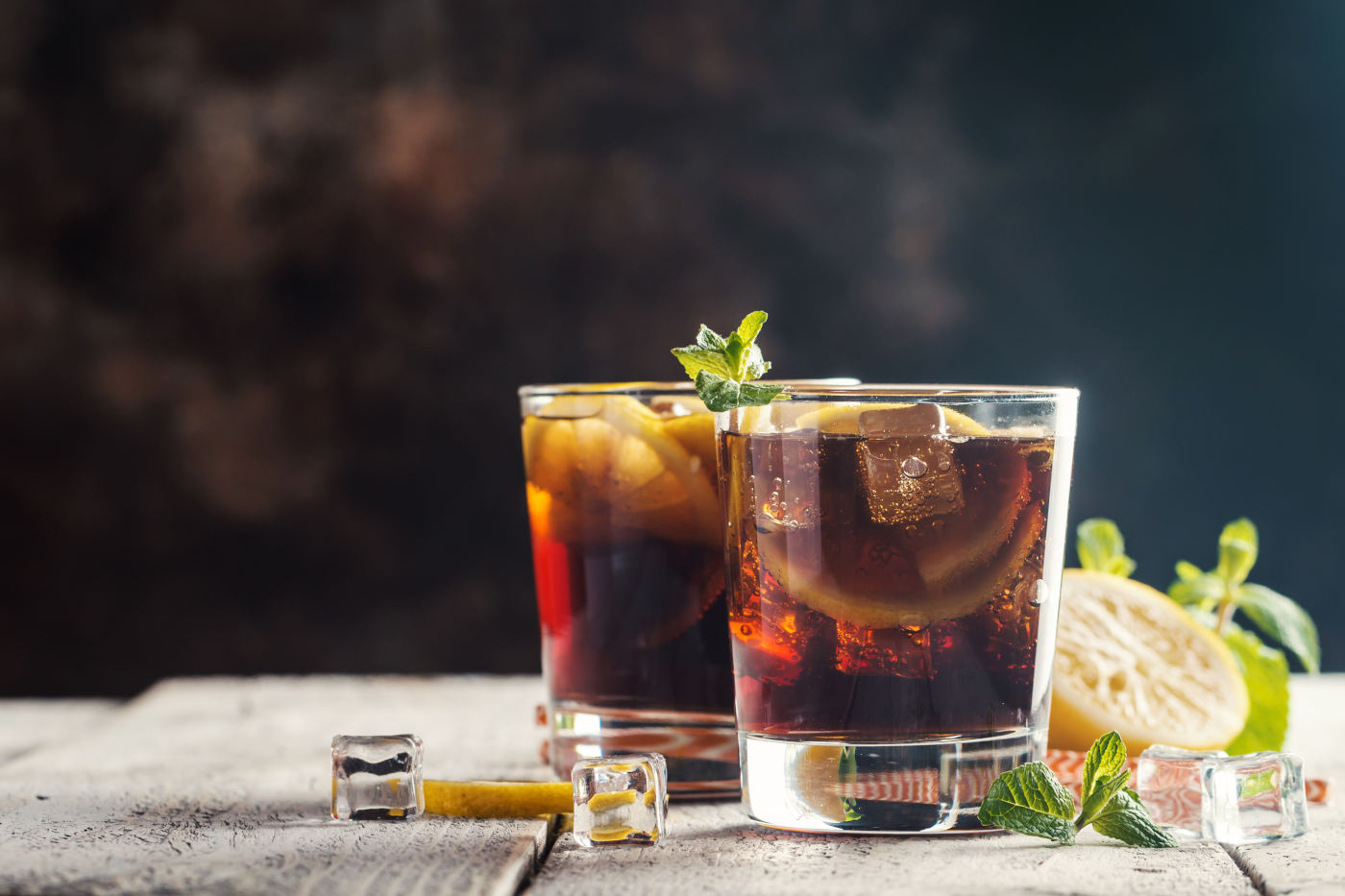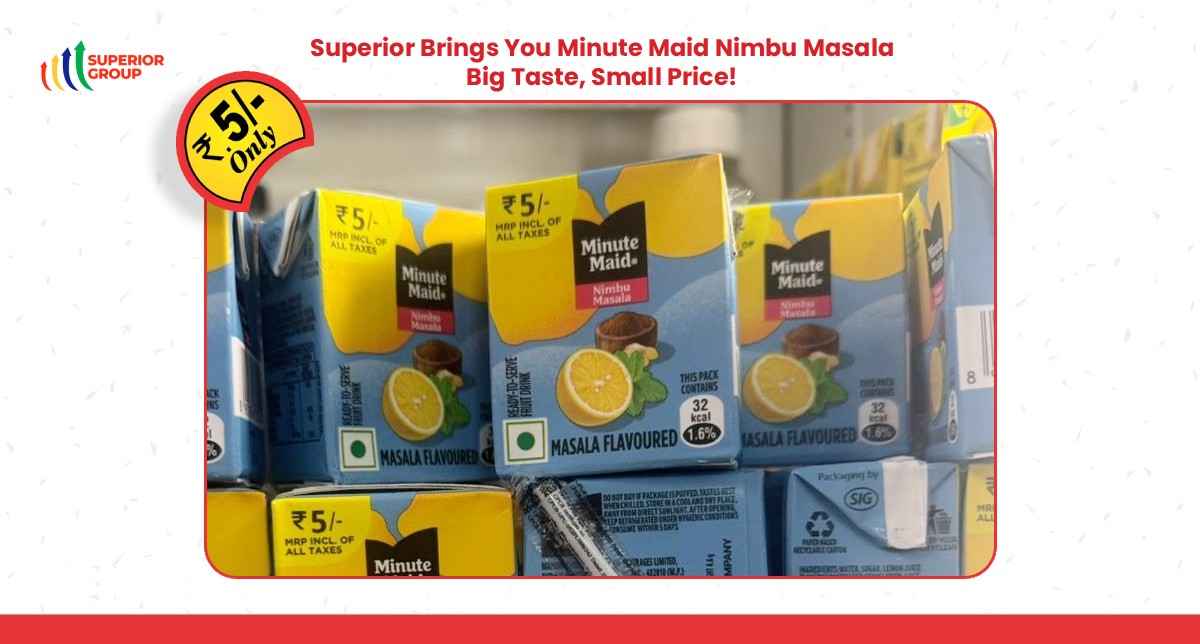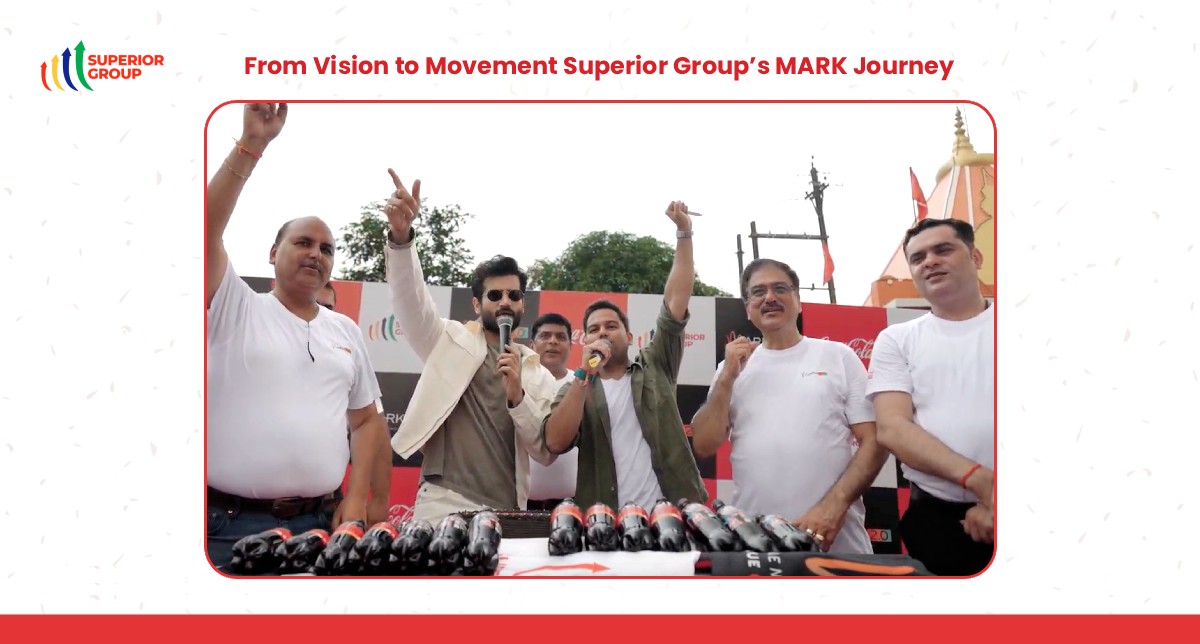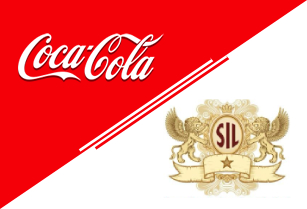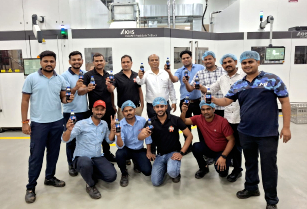Soft drinks have become a ubiquitous part of our daily lives—whether it’s a cold can on a hot day, a soda at a party, or a beverage to accompany a meal. But behind the bubbles and bright packaging lies a rich and fascinating history. From their humble beginnings to iconic branding, here are ten lesser-known facts about soft drinks and Coca-Cola.
1) The Term “Soft Drink” Wasn’t Always Commonplace
The phrase “soft drink” was first coined in the late 19th century to distinguish non-alcoholic beverages from “hard” alcoholic ones. However, it wasn’t until carbonated drinks gained popularity that the term truly caught on. Today, “soft drink” covers a wide range of carbonated beverages, many of which continue to evolve in flavor and appeal worldwide.
2) Coca-Cola Started with Just Nine Drinks a Day
In its first year of existence, Coca-Cola was sold exclusively as a fountain drink at Jacob’s Pharmacy in Atlanta, Georgia. The initial sales were modest—only nine servings per day. What started as a simple syrup mixed with carbonated water would eventually grow into one of the most recognizable global brands.
3) A Bookkeeper Named Coca-Cola
The name “Coca-Cola” was the brainchild of Frank M. Robinson, a bookkeeper for the beverage’s creator, Dr. John S. Pemberton. Robinson chose the name for its catchy alliteration and its appeal for advertising. He also designed the iconic logo in a flowing Spenserian script, which has since become synonymous with the brand.
4) Sprite’s Green Bottle Was a Strategic Move
When Sprite was launched in 1961, the lemon-lime soda quickly gained popularity for its crisp, refreshing taste. To set it apart from competitors, Sprite was packaged in a distinctive green bottle. The green hue was a subtle nod to the color of limes, while also helping the brand stand out on store shelves.
5) Fanta Wasn’t Always Orange
Fanta, the bright and fruity soda, didn’t always have its signature orange flavor. During World War II, Coca-Cola’s German branch faced ingredient shortages, leading to the creation of Fanta. Initially, Fanta wasn’t even orange-
flavored; it was a mix of available local ingredients. It wasn’t until the 1950s, after the war, that the drink was reformulated with orange flavor in Naples, Italy, becoming the Fanta we know today.
6) The Coca-Cola Bottle Was the Result of a Design Competition
In the early 1900s, Coca-Cola faced a wave of imitators, so the company sought to create a unique bottle that would stand out. To do this, they launched a competition to design a bottle so distinctive that it could be identified even by touch or from the shape of broken glass. The Root Glass Company won with a design inspired by a cocoa pod. While it was initially slow to catch on due to production costs, the distinctive bottle eventually became iconic, solidifying Coca-Cola’s visual identity.
7) The First Diet Soda Was Discontinued
In 1952, the first diet soft drink, No-Cal, was introduced by Kirsch Bottling in Brooklyn, New York. Aimed at diabetics and those seeking fewer calories, No-Cal was a trailblazer in the diet beverage market. However, the soda’s reliance on saccharin for sweetness wasn’t universally loved, and the drink was eventually discontinued as other diet sodas took hold in the market.
8) Coca-Cola Was the First Soft Drink in Space
In 1985, Coca-Cola made history by becoming the first soft drink consumed in space. This wasn’t just a marketing stunt; it was a technological challenge. The company developed a special can that allowed astronauts aboard the Space Shuttle Challenger to enjoy a soda in zero gravity. This historic milestone was a testament to Coca-Cola’s innovative spirit and its desire to be part of human exploration.
9) Coca-Cola’s Secret Formula: Merchandise 7X
Coca-Cola’s secret recipe, known as “Merchandise 7X,” is one of the most closely guarded secrets in the food and beverage industry. This recipe, said to contain seven key ingredients, is known only to a select few executives at any given time. The formula is kept under tight security in a vault in Atlanta, fueling the brand’s mystique and global appeal.
10) Coca-Cola Helped Shape the Modern Image of Santa Claus
Coca-Cola played a key role in shaping the modern image of Santa Claus. In 1931, artist Haddon Sundblom created a series of holiday illustrations for Coca-Cola’s Christmas campaigns, portraying Santa as a jolly, rotund figure in a red suit with white fur trim—closely aligned with the brand’s color scheme. These images resonated deeply with the public and solidified the image of Santa that we know today.

